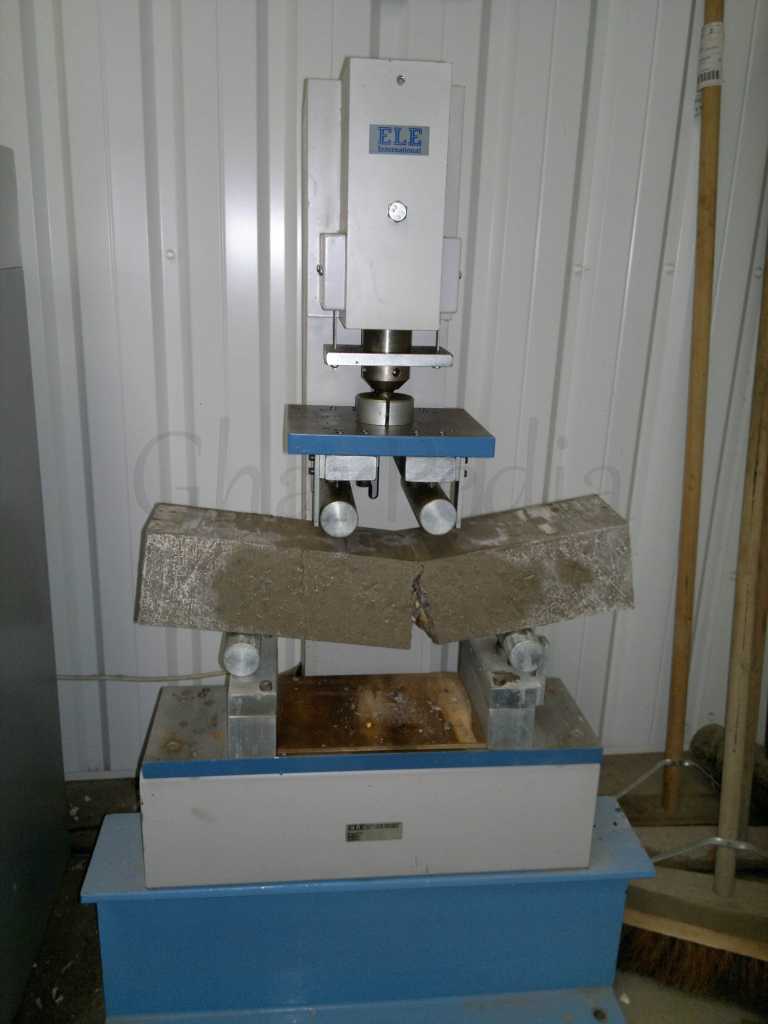
Reinforced Concrete is a composite material made up of Plain Concrete reinforced with rebars i.e. Reinforcing Bars. Plain Concrete possesses very good compressive strength but is weak in tensile strength. As a result, a plain concrete beam fails suddenly as soon as the tension cracks start to develop due to load. Below figure illustrates the failure of plain concrete beam.

Hence in order to avoid failure of plain concrete it should be provided with tensile strength. This is possible by inducing rebars into plain concrete. Hence, it is reinforced (i.e. embedded) with rebars. The reinforcement bars transfers load between the concrete and rebar. The direct stress (tensile/pull or compressive/push) transfer takes place form concrete to rebar interface by means of bond between them i.e. due to friction.

Courtesy – My Zone Info
As rebars imparts tensile strength to concrete, metals used for rebars should possess good tensile strength. This will avoid cracking of concrete in tension. Though there are many metals like Aluminum, Cast Iron, Copper available for reinforcing concrete, Steel is most widely used as reinforcing material in reinforced concrete. It is because the two materials bond together very well with no slippage and thus act together as one unit in resisting the applied loads, apart from few other important properties of steel.
The tensile strength of steel is approximately equal to 100 – 140 times the tensile strength of plain concrete mix.
Following are the major reasons for using steel rebars:
01. Steel is highly ductile material. It can deform without losing its toughness and is non-brittle.
02. Young’s Modulus of steel is equal in both tension and compression (2.0 – 2.1 x 105 N/mm2). It means increase/decrease in length of steel bar on pulling/pushing will be same.
03. Coefficient of thermal expansion (increase in length corresponding to increase in temperature) of concrete and steel is almost equal. This ensures the bond strength during thermal expansion, thus preventing bond failure. Moreover, if not same the bar will contract/expand more than concrete and will create problem.
04. Steel undergoes the same strain or deformation as the surrounding concrete in order to prevent discontinuity, slip or separation of the two materials under load.
05. It can be recycled easily
06. It can be welded easily.
07. Widely and cheaply available compared to other ductile metals.
Seeing above advantages, it can be said that using steel for reinforcement is the best alternative for Reinforced Concrete.
Also Read:
Material Buying Guide for Steel Bars
Material Buying Guide for Cement
Author Bio
Nidhi Patel – Civil Engineer






























